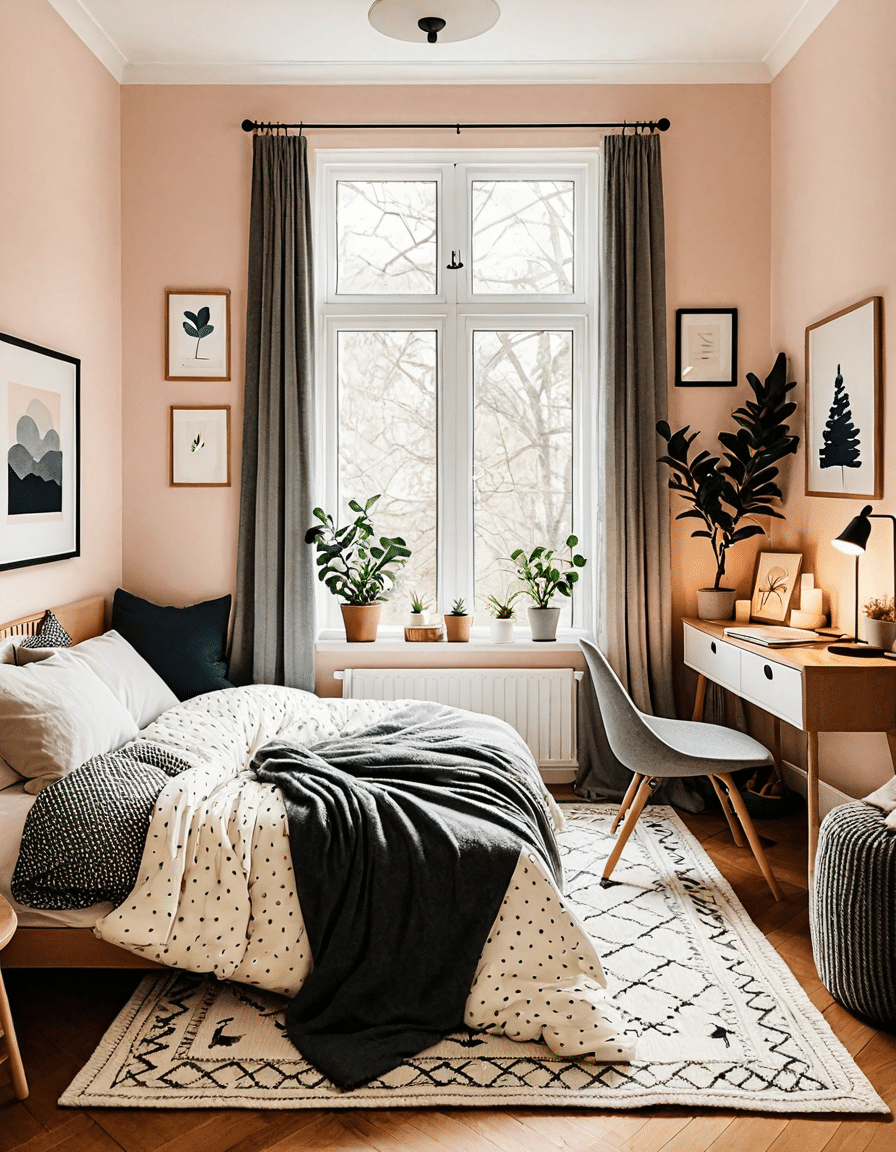
The Power of Sleep Training: Unlocking Restful Nights
In today’s fast-paced world, getting quality sleep is tougher than completing that last rep at the gym. Sleep training isn’t just for little ones trying to snooze peacefully; it’s a game-changer for everyone. You might say sleep training is your golden ticket to better mental sharpness, physical performance, and overall well-being. Like a finely-tuned engine, your body performs best when it’s had enough restful sleep, fueling muscle growth and those coveted six-packs.
Sleep isn’t just about shutting your eyes; it’s a vital component of your life. If you’ve ever felt groggy and unfocused, that’s your body screaming for some quality shut-eye. Mental clarity, improved mood, and full-on physical recovery are all waiting for you on the other side of that sleep barrier. So, let’s break down the secrets to making those restless nights a thing of the past.

Top 7 Sleep Training Methods for Lasting Success
1. The Ferber Method
Developed by Dr. Richard Ferber, this technique teaches kids to self-soothe by gradually lengthening the waiting period before comforting them. Surprisingly, adults have adapted this approach to help combat insomnia. Numerous studies back this up, showing significant improvements in sleep quality. So why not give it a shot in your nightly routine?
2. The Chair Method
This method involves sitting by your kid’s bedside until they drift off. You slowly distance yourself each night, paving the way for independent sleep. It’s particularly helpful for parents who can’t bear to hear their little ones cry. Many families have embraced this approach and reported not just better sleep but also heartwarming bonding moments before lights out.
3. No Tears Method
Here’s a gentle touch for sleep training: comfort without the fuss of tears. Dr. William Sears champions this technique, perfect for caregivers who want a more compassionate approach. Adults can also benefit by practicing mindfulness before bed, easing anxiety and ramping up sleep quality. Meditation, anyone?
4. Sleep Associations: The Right Sleep Environment
Imagine sinking into a cozy bed with a mattress like the ones from Casper or Purple. Creating that optimal sleep environment is crucial. What about noise, light, and temperature? Make sure to eliminate those pesky distractions!
5. Incorporating Play Therapy for Relaxation
You might be surprised that play therapy isn’t just for kids. Calm, soothing activities signal it’s time to wind down. Think about reading a good book or enjoying some gentle play. Apply this idea to your routine by including recreational activities that leave you feeling relaxed after a long day—like yoga or light stretching before bed.
6. Establishing a Sleep Routine for All Ages
A consistent bedtime ritual can work wonders! Whether it’s a soothing playlist of study jams or a relaxing evening routine, establish that nightly pattern. Research shows a predictable routine cues your brain it’s sleep time. For tech-loving families, consider products like Hatch for sleep light and sound systems.
7. Multi-faceted Approach: Integrating Preworkout Practices
Physical activity enhances sleep quality, and the workout doesn’t have to be a marathon! Engaging in preworkout practices like a quick yoga session or light cardio can help you unwind and get your body ready for rest. Studies confirm that staying active leads to deeper, more restorative sleep cycles. Seems like a win-win, right?

The Role of Therapist Aid in Sleep Challenges
Ever feel like sleep is just slipping through your fingers? If you’re struggling despite trying various techniques, seeking a therapist aid could be the answer. These professionals are trained to identify underlying psychological issues contributing to your sleep troubles, be it anxiety or other behavioral disorders. They combine cognitive behavioral therapy (CBT) with practical sleep training advice, offering solutions specially crafted for you.
Research shows that collaborating with a therapist can significantly reduce insomnia symptoms and enhance overall sleep hygiene. Just think about it: your dream of peaceful nights could be right around the corner!

Innovative Wrap-Up: Transforming Sleep from Challenge to Respite
Achieving those restful nights through sleep training isn’t an overnight success story, but awareness and execution of various methods can radically improve your sleep quality. Whether it’s structured programs, therapeutic interventions, or crafting a cozy sleep environment, the keys to better sleep lie at your fingertips. Embrace these secrets heading into 2026, and say goodbye to those restless nights. Your body—and your ripped six-pack—will thank you!

Sleep Training Secrets That Ignite Restful Nights
The Basics of Sleep Training
Ever wondered what sleep training really is? It’s more than just a trendy parenting tactic; it’s a science-backed way to help babies and toddlers develop healthy sleep habits. In fact, many experts recommend starting sleep training around six months, as this is when most children can learn to self-soothe. Remember Morgan Dudleys experiences with different sleep training methods? They highlight just how much parenting styles can influence sleep patterns. Plus, a well-rested parent is a much happier and more effective one!
Fun Facts About Sleep
Did you know that lack of sleep can slow down metabolism and negatively impact your mood? It’s true! Sleep deprivation is often described as a silent epidemic. In a world where energizing coffee is a must-have, many don’t realize that sleep training can be as vital as a morning caffeine kick. Think of sleep as a star killer for fatigue—it’s your best defense against feeling worn out. This makes discovering effective sleep training methods essential, not only for little ones but for the whole family.
Expert Insights and Mental Health
Furthermore, sleep training even ties into mental health! A study noted on platforms like Celexa And pointed out how restorative sleep can influence emotional well-being. So, if you’re struggling with anxiety or stress, focusing on your sleep training approach could be a game changer. On the flip side, inconsistent sleep or poor sleep quality has been shown to complicate things, putting you out of sync like a badly timed script for John Wick 5. Isn’t it fascinating how such a simple aspect can shape our lives?
Wrap-Up: Making Sleep a Priority
As Bill Sees it, sleep is often undervalued. However, sleep training can set the tone for happier days and smoother transitions into adulthood. It’s a little like mastering a craft—once you find the right techniques, you’ll feel like a pro in no time! If you haven’t started exploring this critical skill yet, check out resources like Myncedcloud for helpful tips. Why wait? Embrace the chance for a restful night and a brighter tomorrow!



























